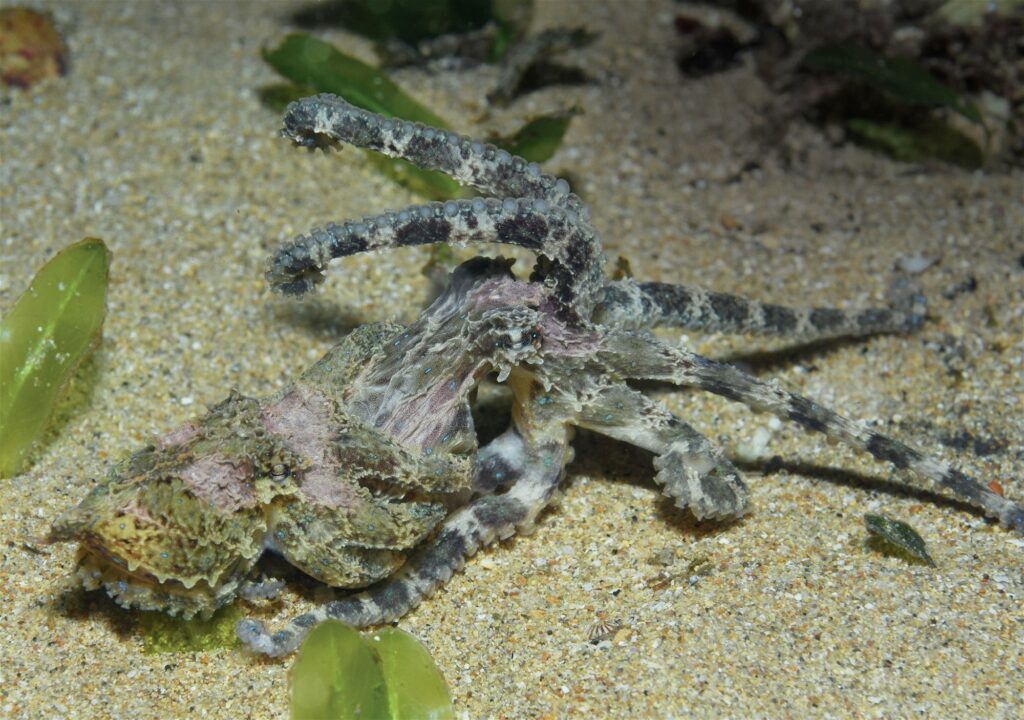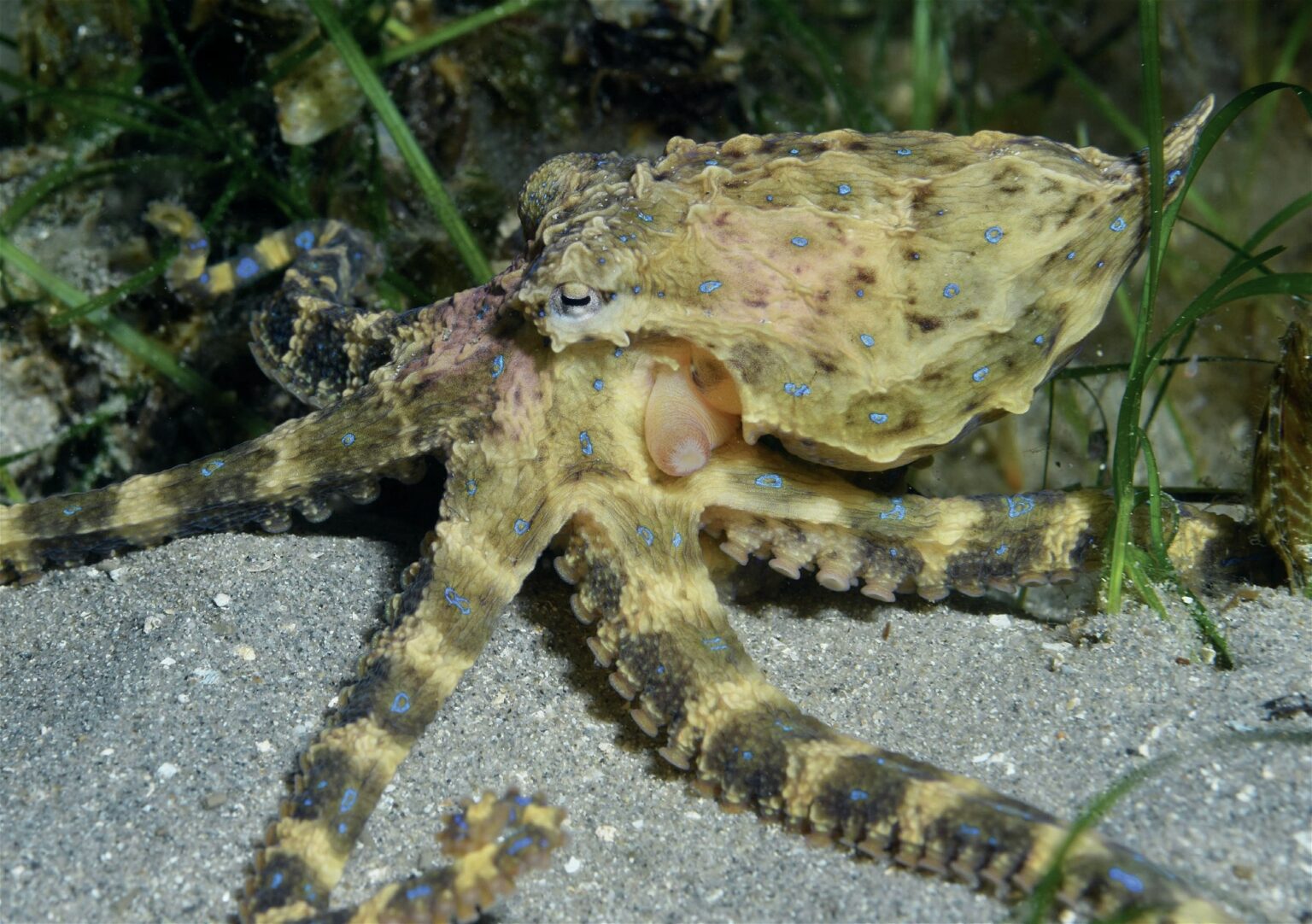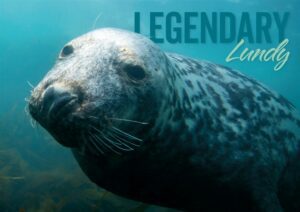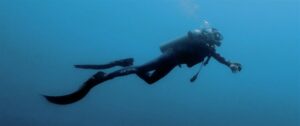Cephalopod Venom and the Blue-Ringed Octopus Family
All cephalopods use venom in their bites to subdue prey. Most squid, cuttlefish and octopus venom is so weak it is ineffectual against humans, except for the blue-ringed octopus family, which has some of the most toxic venom on the planet!
Geographical Distribution of Blue-Ringed Octopuses
The blue-ring octopus family contains four members, three of which are found in Australian waters. In our tropical waters, the greater blue-ringed octopus (Hapalochlaena lunulata) is rarely seen. While off New South Wales, the endemic blue-lined octopus (Hapalochlaena fasciata) is seen by divers in estuaries like Port Stephens and Sydney Harbour. The third species is the most common and wide-spread in southern temperate waters, and is called the southern blue-ringed octopus (Hapalochlaena maculosa).
Also read: Discover Sydney’s Underwater World: Dive Sites & Marine Life
Habitat and Behavior of the Southern Blue-Ringed Octopus
This endemic species is the largest member of the family, growing to 20cm in length, about 5cm longer than its cousins. The southern blue-ringed octopus is found off Victoria, Tasmania, South Australia and southern Western Australia. They seem to have a preference for shallow water with seagrass, often in calm bays and under jetties. These small octopus spend the day hidden away under rocks or debris, but will also burrow into the sand. At night they emerge to feed on prey – small crabs, shrimps and fish, and this is why their highly toxic venom evolved.
Venom Use and Danger to Humans
When feeding, the octopus grabs its prey with its arms, then bites its victim to inject the venom. This then kills or paralyses its prey so it can be safely eaten. However, researchers discovered that southern blue-ringed octopus also use their venom another way to subdue prey, by releasing it as a cloud into the water. This deadly cloud surrounds the prey and paralyses it, meaning the octopus can tackle prey with little risk to itself from claws or jaws. Unfortunately for humans, this venom is a deadly neurotoxin, with no antivenom. However, these little octopus are very docile and non-aggressive, and if you don’t touch them there is little chance of ever getting bitten.
Life Cycle and Mating Behavior
Southern blue-ringed octopus live fast and die young, with a life span of around seven months. They mature quickly and once they reach four months of age they start looking for a mate. Watching the mating behaviour of southern blue-ringed octopus is a special experience, as once the female has found a male she likes, he jumps onto her head. Most octopus have long arms, and mating can take place at a distance. However, southern blueringed octopus have such short arms that the male needs to be very close in order to deliver a package of sperm from a modified arm.
Reproduction and Offspring
The female will actually mate with several males, and store the sperm until she is ready to lay her eggs, which she then carries around with her until they hatch. Unlike other cephalopods, the young have no planktonic larval stage, so generally stay in the same area as their parents. The poor female dies soon after her eggs hatch, having done her best to ensure her young have the best chance of survival.

Observing the Southern Blue-Ringed Octopus
The best place to see southern blue-ringed octopus is under the many jetties and piers in southern Australia.
Where to Spot the Southern Blue-Ringed Octopus
I have seen them in Port Phillip Bay under Blairgowrie, Mornington and Rye Pier, and also under Edithburgh Jetty in South Australia. While they are mostly seen at night, they can also occasionally be seen by day. At night you will see southern blue-ringed octopus slowly creeping across the bottom on the hunt for prey.
Photographing and Observing Safely
They are easy to observe and photograph, but you don’t often see them flash those bright blue-rings unless they are stressed or excited. These wonderful little octopus are another unique Aussie critter.
Conservation and Public Awareness
As a fascinating and highly toxic species, the southern blue-ringed octopus garners attention from both the public and scientists. Conservation efforts are essential to protect their habitats and ensure their continued survival. Public awareness and education about the dangers of handling these creatures can prevent incidents involving their venom.
Research and Ongoing Studies
Researchers continue to study the blue-ringed octopus family to better understand their behavior, venom properties, and ecological role. The unique characteristics of their venom have potential applications in medicine, and ongoing research could lead to the development of new treatments for a variety of conditions.
Conclusion
The southern blue-ringed octopus is a captivating species, with its vibrant colors, intriguing behavior, and highly toxic venom. By observing them responsibly and promoting conservation efforts, we can ensure that these extraordinary creatures continue to thrive in their natural habitats.
Nigel Marsh
Nigel Marsh is an Australian underwater photographer, photojournalist and a buddying marine naturalist. He has a great love of all marine life, no matter how big or how small. He is the author of several dive guides and natural history books, teaches underwater photography and also leads special photography group tours. Visit his website for more information
This article was originally published in Scuba Diver ANZ #51
Subscribe digitally and read more great stories like this from anywhere in the world in a mobile-friendly format. Link to the article








